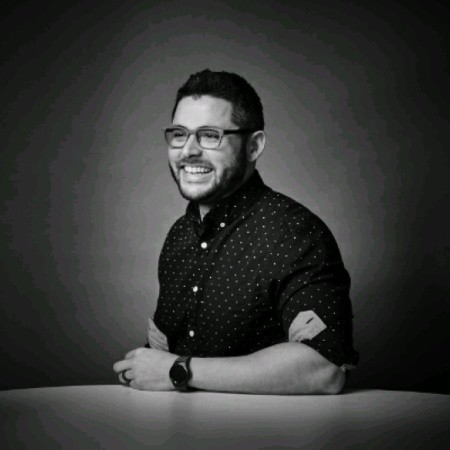July 12, 2024
Don’t get me wrong. I love a good focus group, or a quick-turn mobile ethnography.
But nothing beats YouTube.
And while I know that everyone watches YouTube, I have found that few use it as the serious research tool it is. Sure, many will watch the occasional TED Talk or CNBC industry report, but that’s not the same as watching 10+ hours of people using and reviewing your client’s product or service.
Whenever I start working on a new client or preparing for a new business pitch I first read about the state of the industry via Mintel, client reports, or whatever I can find via Gemini. But as soon as I’m done with that I start finding and collecting YouTube channels that cover that client’s business.
The beautiful thing about YouTube is no matter how niche the industry or product is, there’s almost ALWAYS multiple channels dedicated to it. And all those channels feature real customers that are re(eee)ally passionate about the very thing you are trying to get immersed in.
Sometimes you will run into a YouTuber who has clearly sold their soul to a particular company and can’t completely be trusted, but this is rarer than you’d think. More common is finding videos that are sponsored by a particular brand and must be viewed with that bias in mind, but even these are often quite helpful. Most common of all are people who have no affiliation with a brand, speaking their minds.
I recently needed to do a two-day deep dive into a potential travel client’s business. I quickly found two YouTube channels where travelers shared their experiences with this brand. One was a frequent traveler with the brand, while the other was a first-timer – each providing me with a distinct perspective.
They covered absolutely everything I could dream of:
- Best ways and times to book a trip with this company and how the different booking packages work.
- The entire, step-by-step pre-trip process including what needed to be done via the app and website (featuring some challenging CX between channels).
- The onboard experience including a full list of tips and tricks for this brand.
- How expectations of the brand differed from the reality after the first cruise.
- Recommended outfits to pack for different trips and events.
- Onboard etiquette for this (higher-end) brand.
- Pros and cons of this brand and comparisons to competitors.
- The loyalty program and tiers.
- The list goes on and on…
Best of all, because these two travelers had such distinct needs, I was able to brainstorm ways to personalize their communications in the pre-travel stage to provide them with a better experience and increase the likelihood of incremental spend.
After watching 10+ hours of these videos, I felt like I had the knowledge of a years-long loyal customer.
Watching videos like these is also how new potential customers of the brand might do their research on what to book, which provides a whole other area of insight.
This is just one of many ways I use YouTube daily. I also use it as a core research tool in my Automotive work to:
- Stay up-to-date on industries that my clients occupy including what competitors are doing and how professional reviewers feel about our products (which impacts how shoppers feel about them).
- Get highly technical overviews of specific products and features. As someone that works in the automotive space a lot – I can dive into specifics around car models, their powertrains, AWD systems, autonomous safety features, interior tech, and more.
- See how real customers feel about new products, their brand experiences, and get their first impressions after purchase.
- See the different types of customers that buy a specific product and what their individual motivations are, as well as the different ways they those products. For example in the auto spacea small business owner uses a minivan in a much different way than a parent of four.
- Watch in-depth coverage of global industry events I am unable to attend.
- Watch the CNBC, CNET, Bloomberg, etc. industry special reports.
As much as I love YouTube, it can’t do it all. Focus groups are better for creative exploration, product feedback, and generative research (like finding category whitespace).
Digital Ethnographies are amazing for seeing people’s behaviors during specific moments of the journey and understanding how they interact with different channels at those moments.
In-depth interviews are great for really drilling down into participants’ wants, needs, experiences, feelings, and so much more.
BUT… these all cost $$$.
The point of all this?
Don’t sleep on Social for serious research. In fact, use it as one of your first stops when you need to immerse yourself in a new brand and keep that knowledge up to date. Along with trawling Reddit posts, Facebook groups, and relentlessly questioning my friends (and strangers) about their cars, YouTube is my favorite Qualitative research tool, and it should be yours too.
(Plus, it’s freeeeeeeee!)


